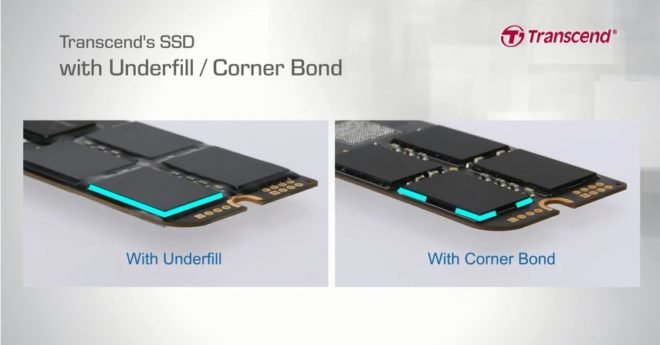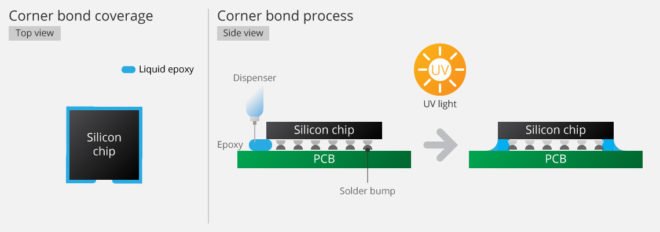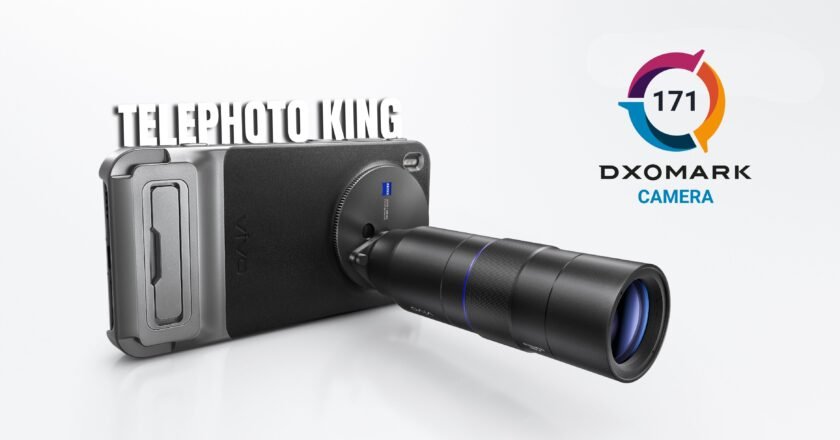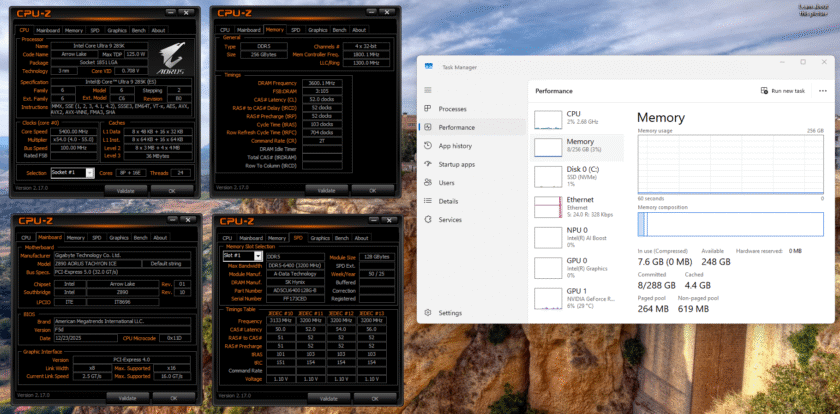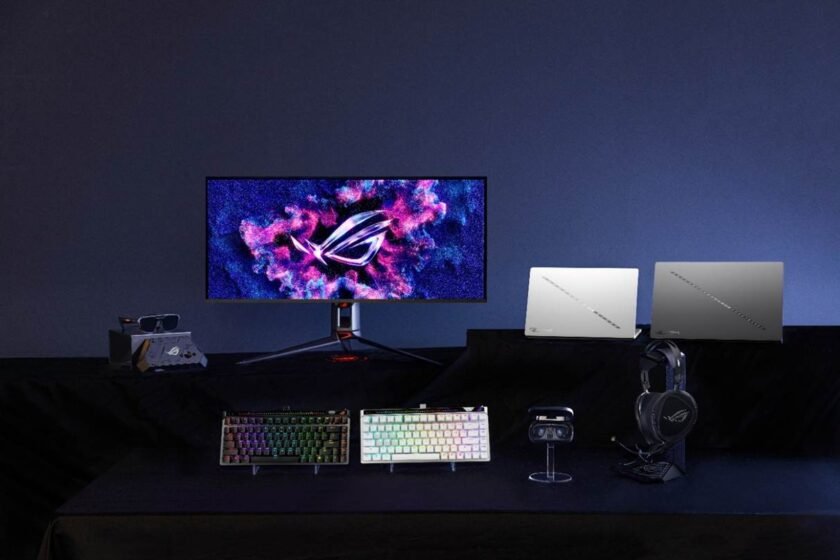Embedded systems are marked by a need for small components, unmatched reliability, and the ability to withstand harsh conditions. Transcend Information, Inc., a leading manufacturer of industrial-grade products, offers corner bond and underfill as customization options for its embedded products to increase reliability under high thermal or vibratory stress, high gravitational acceleration, and high fatigue cycle applications. Transcend continues to invest in developing cutting-edge technologies and expanding its embedded-use flash and DRAM products, offering a track record of excellence in the demanding embedded application market.
What is corner bond or underfill?
Industrial systems are often exposed to severe environment conditions. Corner bond or underfill is a fluid encapsulant that fills the gap between the component and the PCB to provide a strong mechanical bond, and to relive stress between fragile interconnections.
Main functions
Corner bond and underfill are commonly used for ball grid array (BGA) based storage for applications such as handheld devices, which must pass drop or tumble tests.
When a BGA device is exposed to repeated heating and cooling cycles, a BGA chip will expand or contract at a different rate than that of the underlying substrate, due to the difference in each material’s coefficient of thermal expansion. This differential creates mechanical stress on the device’s solder joints.
Corner bond or underfill is used as a stress relieving agent, evenly distributing the expansion and contraction effects. By spreading stresses throughout the chip and PCB interface with a mechanical bond, less stress is concentrated on the solder joints, increasing device reliability.
How corner bond works
Transcend’s corner bond is an economic bonding solution of applying fluid encapsulant around the perimeter of a component, leaving just one gap unapplied. This is to allow space for future thermal expansion. The corner bond adhesive is then cured with UV light to form a structural bond between the component and the PCB.
How underfill works
Underfill is typically a polymer or liquid epoxy that is applied just underneath the perimeter of key components on a PCB after it has passed through a reflow oven. The PCB is then heated so that the underfill is absorbed underneath key components via capillary action.
Both underfill and corner bond enhance reliability for a device by relieving stress on the components and the PCB. Transcend recommends corner bond and underfill for its embedded flash and DRAM products used in handheld devices, automotive electronics, and military applications that require stringent thermal cycling performance and shock resistance.
Transcend quality
Transcend has heavily invested in the development of innovative technologies and embedded solutions of high quality and reliability. From using in-house dispensing machines with corner bond, to performing meticulous drop tests on all bonded products, Transcend strives to ensure that our corner bond and underfill processes are stringent and standardized for the best quality and longevity of our products.
More information can be found on Transcend Embedded Solution page at: https://ph.transcend-info.com/Embedded/

The Broll who always got your back online!

